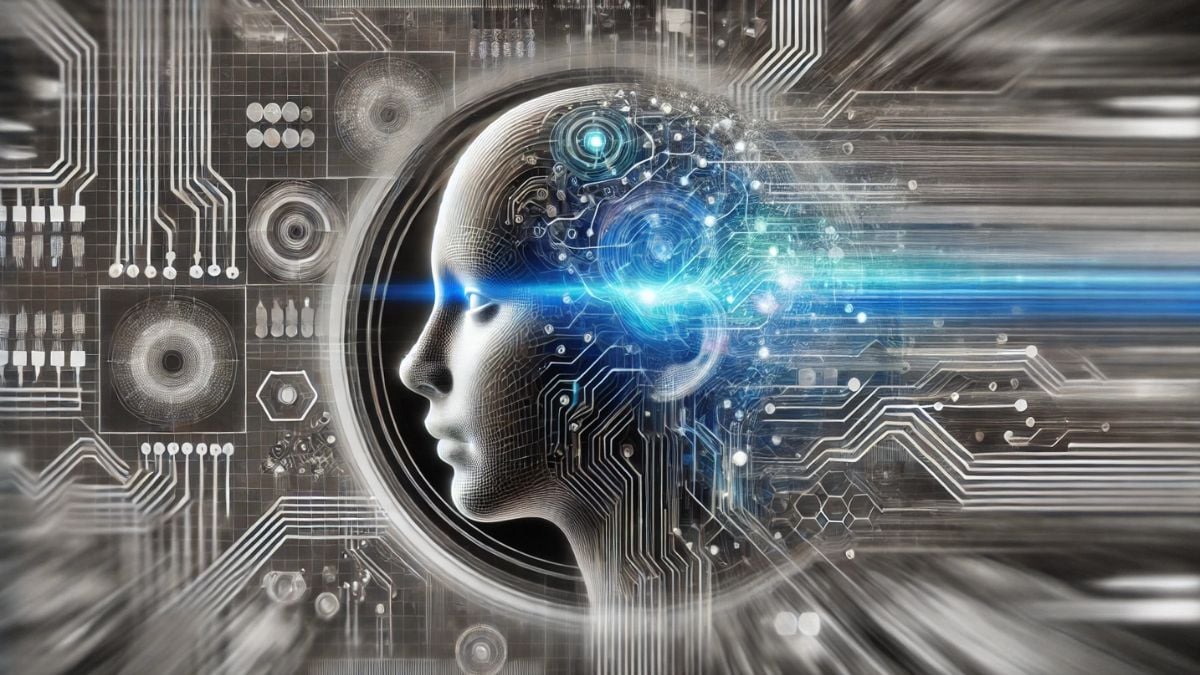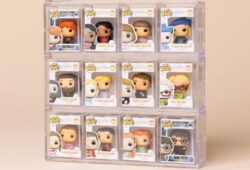
Artificial Intelligence (AI) is no longer exclusive to the technology team. Today, marketing, creative, content, and digital strategy teams must understand how AI works and what tools power it—especially if they want to stay relevant in an increasingly competitive ecosystem.
Although marketers don’t need to be engineers, understanding the tools used by those who develop Artificial Intelligence models can open the door to better strategic decisions, more effective integrations, and smoother collaboration with technical teams.
Based on an analysis of the Artificial Intelligence (AI) Job Market report by Statista, we share a practical guide to the tools, platforms, and APIs most used by AI engineers. And most importantly—how can this information help marketers?
ALSO READ. CFO vs. CMO: The disagreement that can kill your marketing budget
🤖 How well prepared are AI engineers in 2024?
According to DevSkiller—one of the core sources of Statista’s report—more than 15,000 AI engineers were evaluated between January and June 2024. Their skills were measured through practical tests, focusing on APIs, frameworks, cloud platforms, and automation tools.
READ ALSO. The marketing effectiveness equation according to Google
The tools with the highest average scores were:
- ChatGPT Assistants API – 61.54 points
- Azure Databricks – 60 points
- Tabnine (AI Code Assistant) – 60 points
- Ethical AI Usage – 51.54 points
- Amazon Alexa – 50 points
- Dinootoo – 50 points
- ChatGPT – 49.47 points
- DALL-E – 48.33 points
- Google Gemini (formerly Bard) – 43.13 points
- Data Literacy – 41.54 points
READ ALSO. Top 10 Marketing Skills for 2025 (According to Global CMOs)
📌 What is ChatGPT Assistants API and why is it key?
This API allows developers to build custom assistants using OpenAI models, with the ability to integrate files, tools, databases, and complex conversational flows.
For marketers, this means:
- The ability to create conversational assistants that generate dynamic content for campaigns.
- Automating tasks like segmentation, sentiment analysis, or A/B copy generation.
- Enhancing customer service through smarter, trainable chatbots.
READ ALSO. B2B Content Marketing: Key Metrics in 2025
☁️ Azure Databricks: the hub for data and models
This cloud-based platform combines data engineering with data science and AI. It is mainly used to:
- Unify data pipelines with machine learning models
- Orchestrate predictive models for personalization and customer analytics
- Store and process datasets that feed behavior-based marketing campaigns
Marketing departments with advanced technical teams can use Databricks to build intelligent dashboards, campaign forecasts, or predictive analyses of churn or conversion.
READ ALSO. The marketing economy: an industry that already surpasses the GDP of countries like Australia
🧠 Tabnine and AI-assisted coding
Tabnine is an AI programming assistant that suggests code lines similarly to GitHub Copilot. Its mastery by AI engineers signals a trend toward assisted productivity, which is already beginning to impact marketing.
In areas such as landing page development, programmatic campaigns, or email template creation, technical marketing can benefit from using these types of tools, especially when working closely with developers.
READ ALSO. Which social network is best for small accounts? The best algorithms for growing without paying
🧑🎨 DALL·E and AI-generated images
DALL·E, from OpenAI, is widely used in creative teams to:
- Generate unique images for social media or campaigns
- Prototype visual concepts before designing in traditional tools
- Produce contextual visual content for newsletters, blogs, or ecommerce
AI engineers mastering DALL·E also means that marketers must understand how prompts work, generative visual styles, and the legal implications of using AI-generated images.
📊 Google Gemini and Amazon Alexa: conversational AI becomes standard
Both Gemini (formerly Bard) and Alexa are platforms for developing conversational experiences. In marketing, this enables:
- Voice- or text-activated campaigns in apps, assistants, or chatbots
- Real-time user intent analysis
- Personalized interaction on owned channels, like ecommerce or brand apps
With the growth of voice searches and the increase in connected devices, the conversational interface will be key in omnichannel marketing strategies.
📉 What does this mean for marketers?
Based on this overview, we can identify several practical conclusions:
1. Strategic understanding of AI APIs and tools
It’s not about coding, but about understanding what each tool can do and how to leverage it to improve campaigns, processes, or experiences.
2. Data literacy
The fact that “data literacy” scored low (41.54) among engineers also indicates a knowledge gap that marketers can close to lead cross-functional collaboration.
3. Collaboration between creatives and technical teams
Tools like ChatGPT, DALL·E, and Tabnine are as useful to creatives as they are to developers. The future of marketing lies in hybrid teams speaking the same language.
Mastering AI starts with knowing its tools
The AI Job Market study reveals a clear truth: AI engineers already use a sophisticated toolkit of APIs, platforms, and cloud environments. For marketing to evolve with them, there’s no need to become a programmer—but learning to integrate, propose, and collaborate from a strategic and creative mindset is essential.
Brands that train their teams in these tools—even at a user or strategic level—will be better prepared to design experiences, automate processes, and connect with their audiences at scale.










